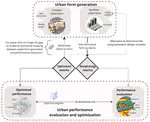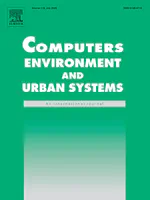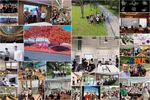Urban Analytics Lab
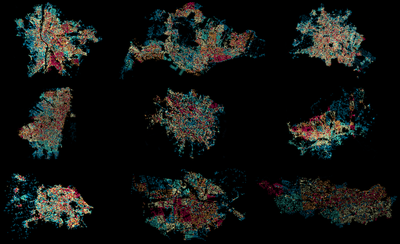
About us
We are introducing innovative methods, datasets, and software to derive new insights in cities and advance data-driven urban planning, digital twins, and geospatial technologies in establishing and managing the smart cities of tomorrow. Converging multidisciplinary approaches inspired by recent advancements in computer science, geomatics and urban data science, and influenced by crowdsourcing and open science, we conceive cutting-edge techniques for urban sensing and analytics at the city-scale. Watch the video above or read more here.
Established and directed by Filip Biljecki, we are proudly based at the Department of Architecture at the College of Design and Engineering of the National University of Singapore, a leading global university centered in the heart of Southeast Asia. We are also affiliated with the Department of Real Estate at the NUS Business School.
News
Updates from our group
Recent publications
Full list of publications is here.
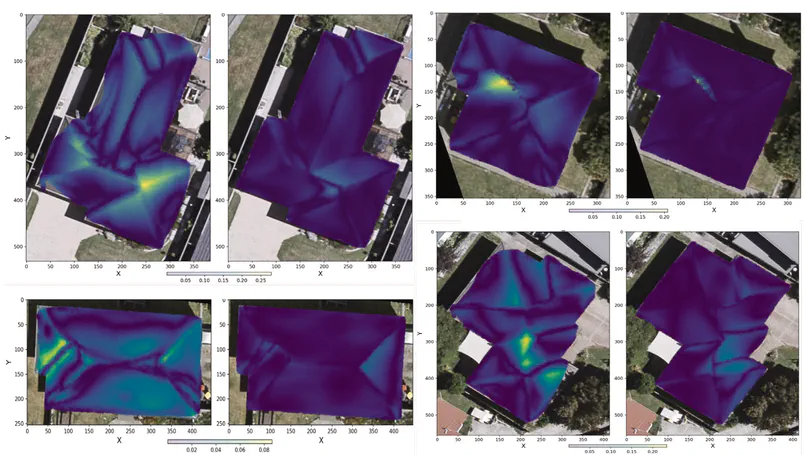
Building roofs are essential for various geographical analyses such as solar potential analysis and urban microclimate simulation. Despite growing demand, reconstructing detailed 3D roofs remains challenging due to the complexity of roof geometries and variations in architectural styles. This paper introduces RooFormer, an end-to-end learning framework for reconstructing detailed and textured 3D roof models in mesh format from high-resolution imagery. RooFormer consists of a MaskFormer branch, which identifies and focuses on roof features, and a MeshFormer branch, which predicts detailed roof meshes. In the MeshFormer branch, a local self-attention mechanism is employed to understand mesh features, and a positional embedding layer is designed to integrate geometric and texture features. In addition, to measure the geometric similarity between predicted meshes and ground truth, we develop a loss function that integrates terms from both image and mesh spaces. Compared to existing 3D metrics, the proposed geometric loss term more accurately reflects the geometric differences in meshes. Experiments show that its normalized height error of 0.014 is lower than the 0.034 error of state-of-the-art methods. Visually, the reconstruction accurately reflects the geometric contours and structures of roofs, even with slight occlusions. We also demonstrate its generalization by testing it across various areas. The framework promises to enable richer building modeling and analysis for a wide range of digital city applications.
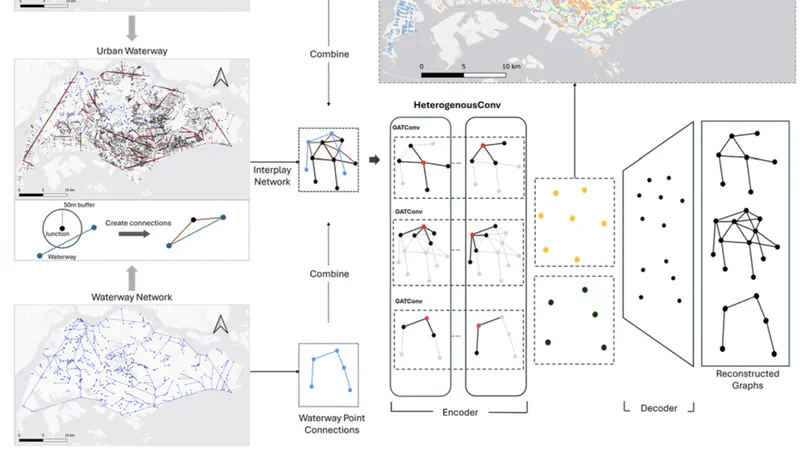
Cities are supported by multiple, interacting networks, most prominently streets, which channel movement and economic exchange, and, in many contexts, waterways, which regulate flows of goods, people, and environmental amenities. Conventional quantitative studies of urban form have tended to privilege streets alone, limiting their ability to capture the full spatial logic of the urban fabric. This paper introduces a Heterogeneous Graph Autoen-coder (HeterGAE) that jointly embeds street and waterway systems, providing a unified, graph-based representation of urban form. Using Singapore as a case study, we train HeterGAE embeddings and employ them in two downstream tasks: predicting daytime and night-time land-surface temperature (LST) and estimating resale prices of public housing. Relative to a baseline model that encodes streets only, the dual-network embeddings improve predictive accuracy by about 20% for both tasks, confirming that natural and built infrastructures make complementary contributions to urban socio-environmental processes. By capturing the interaction between street junctions and waterway nodes within a single latent space, the proposed approach provides a flexible template for GeoAI-assisted urban analytics in diverse settings. The results underscore the value of integrating heterogeneous urban networks in evidence-based planning and highlight the potential of graph-neural techniques for developing more nuanced and sustainable urban strategies.
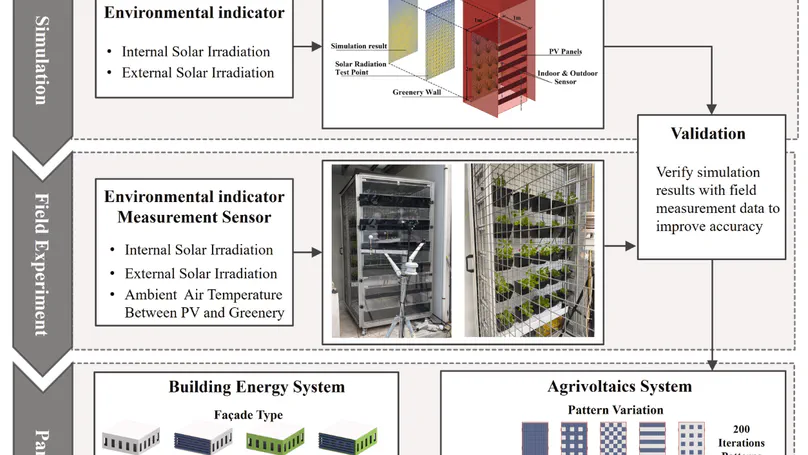
Climate change and urbanization present critical challenges to cities, requiring innovative energy and food security strategies. This study introduces a novel agrivoltaic system for building façades in Singapore’s dense urban context, addressing the trade-off between photovoltaic (PV) electricity generation and plant growth under shared solar exposure. By combining field experiments and advanced simulations, a genetic algorithm was employed to optimize PV arrangements, balancing solar exposure conflict for energy production and crop cultivation while also reducing building cooling load. Lettuce (Lactuca sativa) grown under PV shading yielded up to 120 g per plant, meeting commercial standards. Simulations revealed significant building energy benefits, with approximate annual savings of 50 kWh/m2 and CO2 reductions of 35 kg/m2 for every 100 m2 building block. This innovative system integrates renewable energy generation, urban agriculture, and passive cooling, maximizing the utility of vertical surfaces. By efficiently utilizing building surfaces, this approach offers a land-efficient strategy for integrating sustainable food and energy solutions in dense urban areas, contributing to urban resilience and further supporting sustainable development goals.
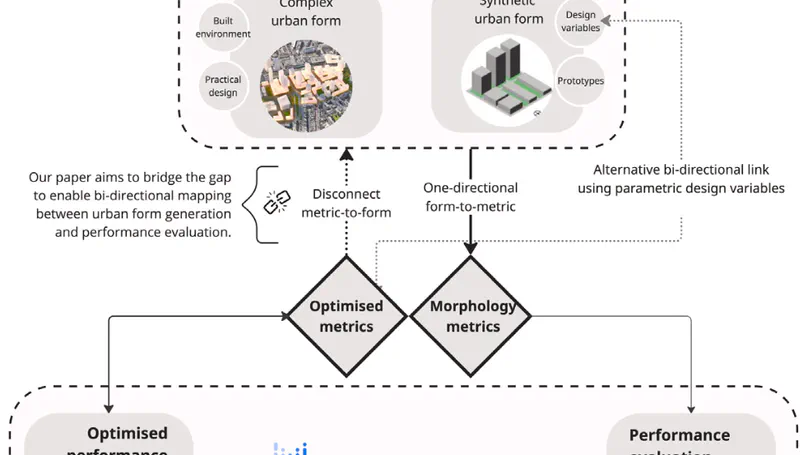
Urban morphology examines city spatial configurations and plays a pivotal role in urban design and sustainability. Morphology metrics are essential for performance-driven computational urban design (CUD), which integrates the automatic generation of urban form and the evaluation and optimisation of urban performance. Although form generation and performance evaluation both rely on morphology metrics (e.g., floor area ratio), they are rarely unified into one workflow. Typically, form generation methods follow one-directional metric-to-form logic, whereas performance evaluation methods adopt the inverse form-to-metric logic. As a result, morphology metrics are often used in isolation within each method, limiting their applicability across both processes. To address this gap, approaches that can support bi-directional workflows, namely, simultaneous form-to-metric and metric–to–form, have the potential to combine and exchange results from both sides. The methodology introduced in this paper, which we refer to as bi-directional mapping, enables the formulation of sets of morphology metrics derived from form and then enable metric-to-form translation. We present approaches to formulate metric sets composed of indicators related to urban form and performance to characterise complex urban form and support performance evaluation. The metric sets can be derived from different cities, with 3D urban models of New York City as a demonstration in this study. Artificial neural networks are used to cluster 3D models and encode morphology metrics, enabling the generation of diverse urban models through case retrieval. Additionally, the effectiveness of the metrics in representing 3D city blocks is evaluated through comparative analysis. Our methodology identified metric sets that can comprehensively characterise 3D city blocks and enable effective retrieval for generating similar urban models. This improves performance-driven CUD towards sustainable urban design and planning.
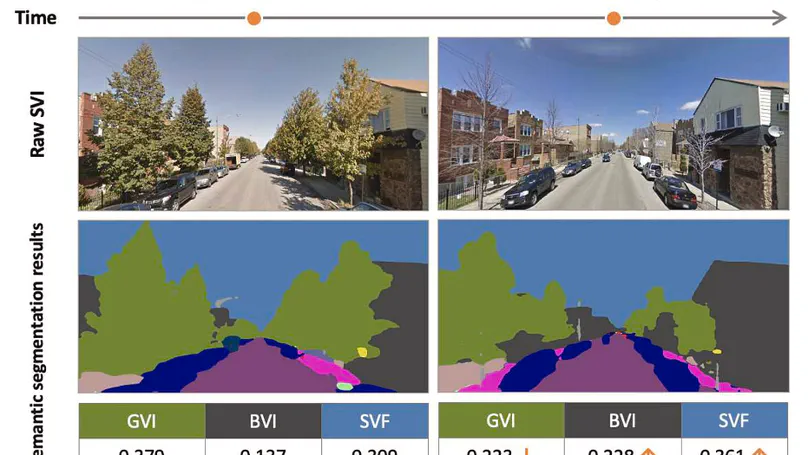
Street view imagery (SVI), with its rich visual information, is increasingly recognized as a valuable data source for urban research. Particularly, by leveraging computer vision techniques, SVI can be used to calculate various urban form indices (e.g., Green View Index, GVI), providing a new approach for large-scale quantitative assessments of urban environments. However, SVI data collected at the same location in different seasons can yield varying urban form indices due to phenological changes, even when the urban form remains constant. Numerous studies overlook this kind of seasonal bias. To address this gap, we propose a systematic analytical framework for quantifying and evaluating seasonal bias in SVI, drawing on more than 262,000 images from 40 cities worldwide. This framework encompasses three aspects: seasonal bias within urban areas, seasonal bias across cities on a global scale, and the impact of seasonal bias in practical applications. The results reveal that (1) seasonal bias is evident, with an average mean absolute percentage error (MAPE) of 54 % for GVI across all sampled cities, and it is particularly pronounced in areas with significant seasonal bias; (2) seasonal bias is strongly correlated with geographic location, with greater bias observed in cities with lower average rainfall and temperatures; and (3) in practical applications, ignoring seasonal bias may result in analytical errors (e.g., an ARI of 0.35 in clustering). By identifying and quantifying seasonal bias in SVI, this study contributes to improving the accuracy of urban environmental assessments based on street view data and provides new theoretical support for the broader application of such data on a global scale.
Contact
- [email protected]
- SDE4, NUS College of Design and Engineering, 8 Architecture Dr, Singapore, Singapore 117564
- X
